Performance Roadblocks of the ’98.5-’02 5.9L Cummins
The 24-valve head and electronic Bosch VP44 injection pump were welcomed additions for the 5.9L Cummins midway through the 1998 model year. The new, 5.9L ISB Cummins packed 20 more horsepower and 20 more lb-ft of torque than the most powerful version of the 12-valve ever did in stock form. However, in time the VP44 would prove to be a step backward in terms of all-out performance potential when compared to the mechanical P-pump that’d preceded it. Side by side with its P7100 predecessor, the VP44 is limited in both its fueling and rpm capabilities, and there isn’t a way to unlock more power without spending money.
Uncorking the VP44 begins with the addition of a programmer, module or fueling box. These options can add as much as 150rwhp to the equation, several provide higher rpm fueling and some even feature built-in boost fooling functionality for the factory turbo. Then, in order to build the extra boost that’s required to take advantage of the extra fuel, the wastegate has to be tweaked to open later (at a higher boost pressure). After that, the 24-valve Cummins’ next performance roadblock will either be the lift pump or—if the lift pump is able to keep up and is in good health—the limited fueling of the factory injectors.
For a closer look at all the horsepower barriers mentioned above, as well as how to break through them, check out the information below.
Roadblock #1: VP44
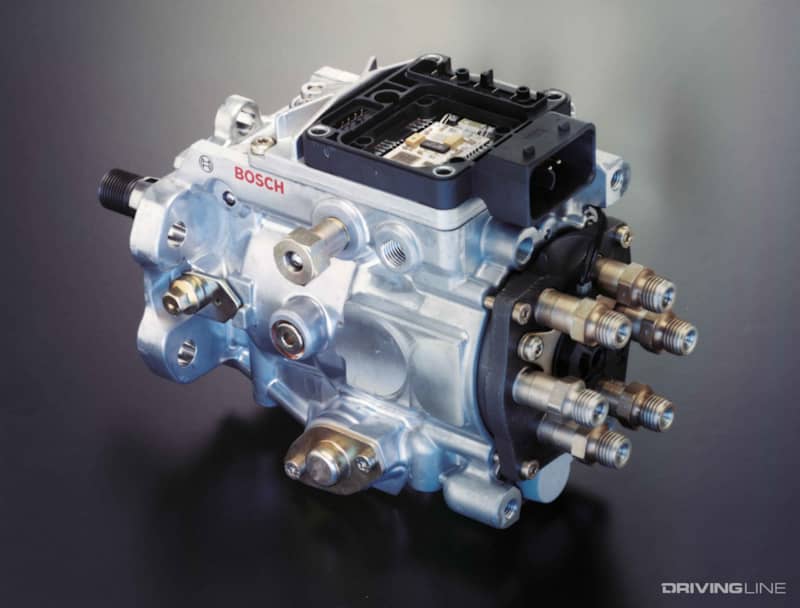
Following a four-year stint with the easily-tweakable, mechanical Bosch P7100 feeding fuel to the 12-valve 5.9L (’94-‘98), Cummins went back to a rotary type, distributor style injection pump on the ’98.5-’02 5.9L ISB 24-valve. Different from the VE pump employed on the ’89-’93 Cummins, the VP44 is electronically controlled via a PSG that’s married to the top of the pump itself, features three pumping plungers as opposed to one and is capable of more precise fueling events. Unfortunately, unlike the P7100 and VE pumps the VP44 can’t be modified with simple hand tools to provide fueling increases.
Roadblock #2: High RPM Fueling
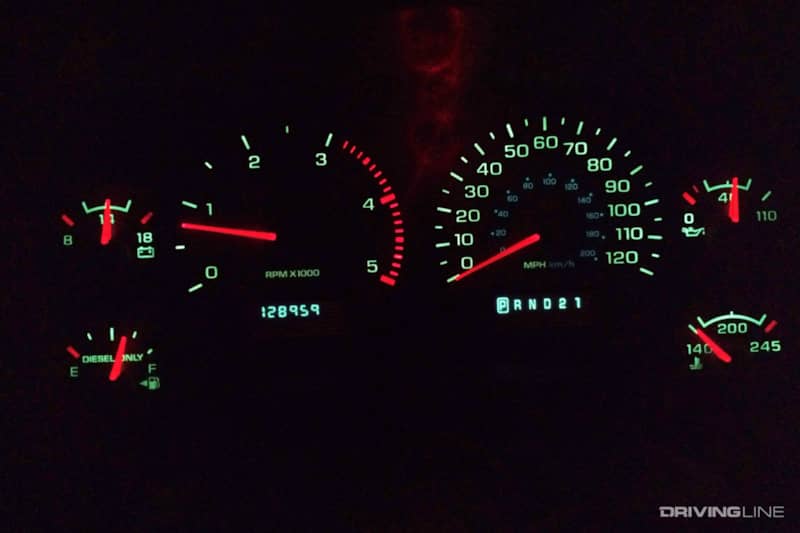
Not unlike both the ’89-’93 and ’94-’98 5.9L engines, the injection pump aboard the ’98.5-’02 Cummins greatly limits the engine’s usable rpm window in stock form. From the factory, the VP44 only provides full fueling up to 3,200 rpm. For drag racers, truck pullers and anyone else whose needs call for more power at higher engine speeds, this is a major drawback. Worse yet, many aftermarket tuning devices add power but don’t address the factory rpm limitation.
Waking up the VP44
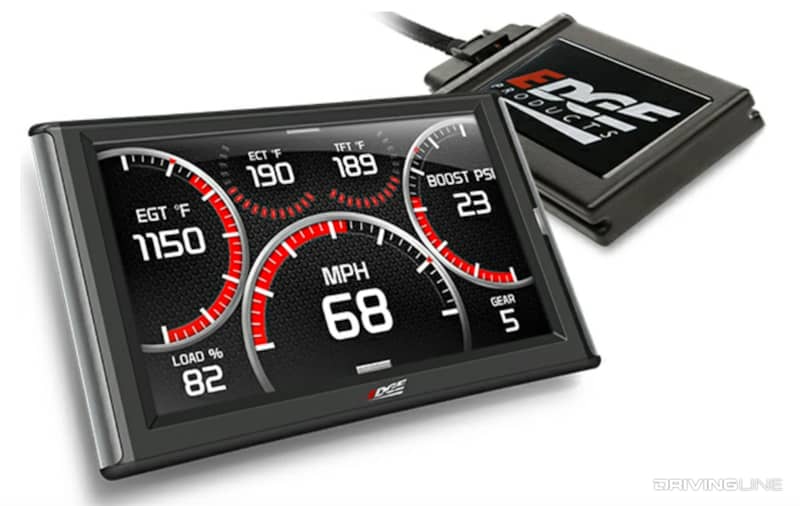
A few tuning options that do provide high-rpm fueling are the Adrenaline from Quadzilla Power (up to 3,700 rpm), the Edge Competition Juice with Attitude from Edge Products (up to 3,600 rpm) and the Redline box from Blue Chip Diesel (up to 4,000 rpm). With sufficient boost in the mix (more on how to make that happen below), each of these options can push a ’98.5-’02 Dodge Ram 2500 or 3500 past the 300rwhp mark. Keep in mind that if you plan to running engine speeds near 4,000 rpm, stiffer valve springs are a wise upgrade.
Roadblock #3: Lack of Boost
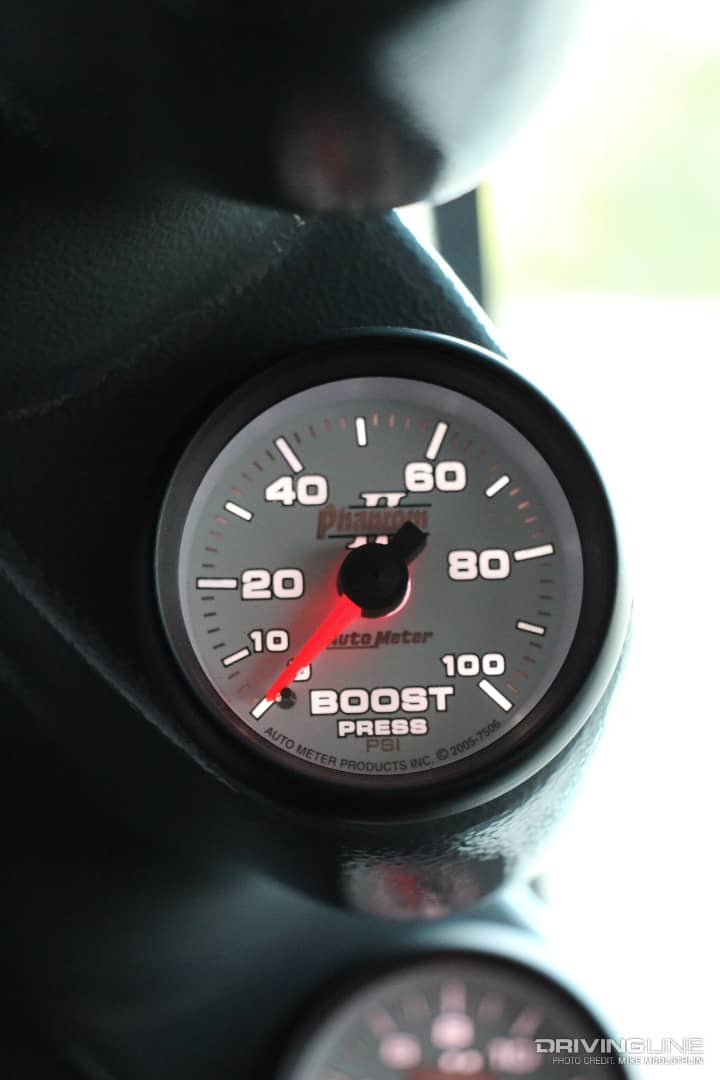
Unless the electronic power-adder you choose has a boost-fooling capability built into it, the added fueling won’t get you very far. This is because the ECM begins to de-fuel once the factory MAP sensor sees approximately 20-22 psi of boost out of the Holset turbocharger. To keep this from happening, boost foolers such as the one available for ’98.5-’00 engines from Quadzilla Power trick the ECM into allowing more boost to be made without throwing a CEL.
Boost Elbow or J-Hook Mod
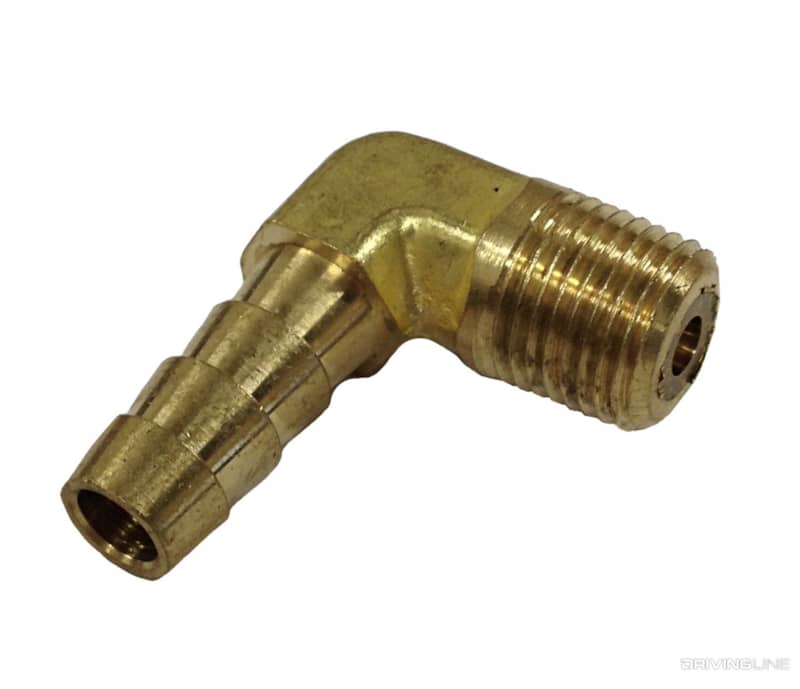
Even if a 24-valve powered Ram is benefitting from a tuner that includes a boost fooling provision, the wastegate will still need to be modified to open later, at a higher boost threshold. On all manual transmission applications and ’98.5-’00 automatic transmission trucks, the same Holset HX35W that’s employed on the ’95-’98 engines is used. This means the same, $25 adjustable boost elbow can be utilized to build more than 30 psi of boost. On ’01 and ’02 model year Rams equipped with the 47RE automatic transmission, the HY35W is used, which requires the “J-hook” mod to regulate the wastegate.
Roadblock #4: Factory Lift Pump
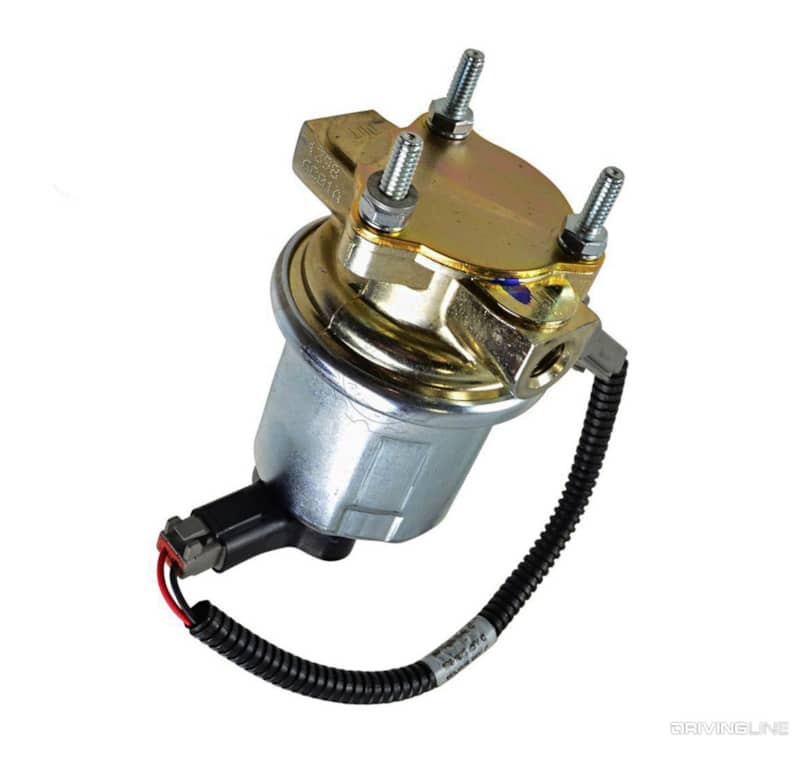
It’s widely known that the factory lift pump is prone to failure on the 24-valve Cummins. Be it the engine-mounted electric Carter pump or the in-tank fix that Chrysler implemented in later years, they rarely lead long lives, especially in trucks producing more power than stock. As the factory lift pump’s functionality slowly grinds to a halt, it often sends inadequate supply pressure to the VP44 for a long period of time, which frequently takes out the expensive injection pump as well. It’s common knowledge that the VP44 needs to see at least 5-psi worth of supply pressure at all times and it’s always wise to keep an eye on fuel pressure via a gauge.
Aftermarket Lift Pump
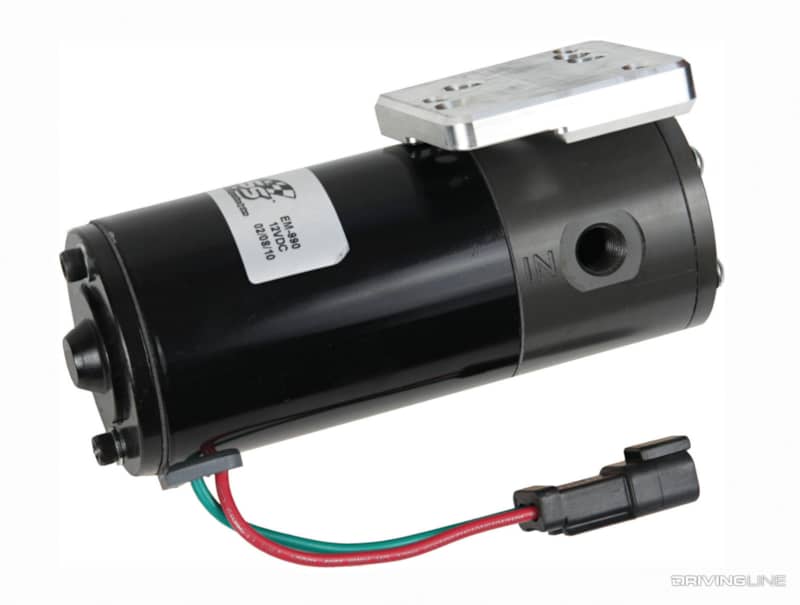
Stronger electric lift pumps are huge in the 24-valve aftermarket—and for good reason. The DDRP from FASS is especially popular due to its being a direct replacement that can be mounted along the frame rail and for its ability to supply 12-15 psi of low-pressure fuel to the VP44 at all times. With the DDRP in place, most VP44’s last 150,000 miles or more.
Roadblock #5: Stock Injectors
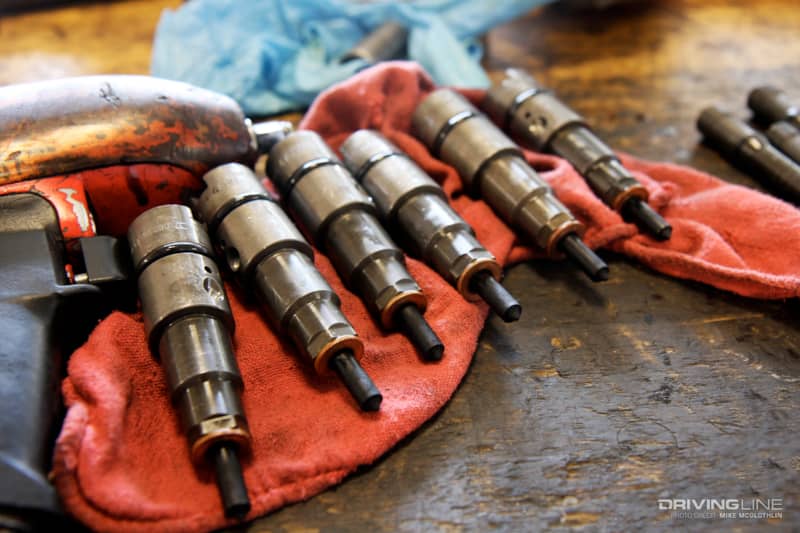
With aggressive programming, good boost and a strong, reliable lift pump in place, as much as 315rwhp can be squeezed out of the 24-valve Cummins. However, at this point the factory injectors are out of steam. Luckily, the aforementioned aftermarket electric lift pump upgrade paves the way for supporting a larger set of injectors and taking things to the next level.
100hp Injectors
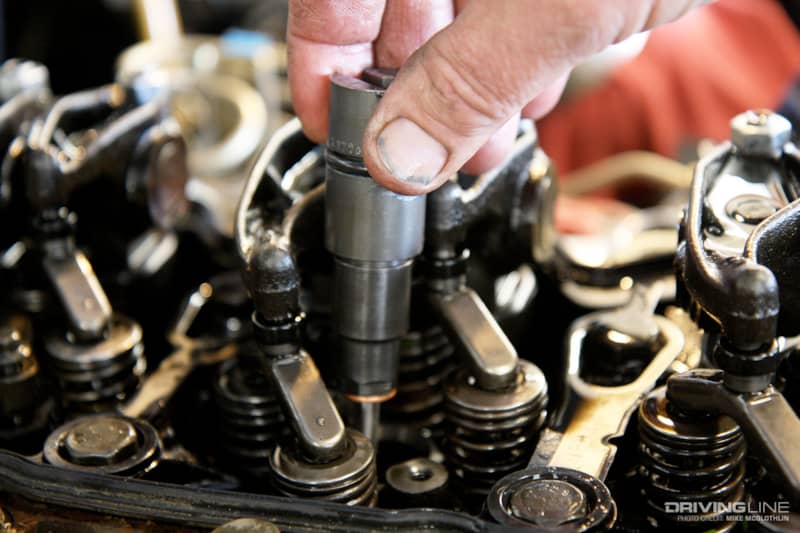
100hp injectors are a standard go-to upgrade in the 24-valve segment that can be run in conjunction with the stock turbo. Different versions of 100hp injectors vary slightly from manufacturer to manufacturer, but most can bump a ’98.5-’02 Ram up to 400rwhp, and sometimes even into the 425rwhp range. And while they mesh well with the factory turbo, once running them it’s wise to keep an eye on exhaust gas temperature to keep things safe.
Want to know how to keep the VP44 alive for the long-haul? Enjoy some light reading on the subject here.











